In today’s digital age, the need for efficient charging solutions has never been more crucial. As we rely on a growing number of electronic devices for work, entertainment, and personal use, the choice of charger becomes an essential decision that can affect both our productivity and device longevity. USB-C chargers have emerged as the universal charging standard due to their versatility and speed. Among the most popular options are 65W and 100W chargers, each offering distinct advantages and limitations.
This article delves into the key differences between 65W and 100W USB-C chargers, providing detailed insights to help you choose the best charger to suit your specific needs. Whether you’re a casual user or a power user, we’ll help you navigate the decision-making process to ensure optimal performance and efficiency for your devices.
What Does Wattage Mean for Charging Speed?
Wattage refers to the amount of power a charger can deliver to a device, directly affecting how quickly that device can charge. In the context of USB-C chargers, the wattage indicates the maximum power output of the charger. Devices like smartphones, laptops, and tablets draw power based on their own charging capacity. For example, a charger with a higher wattage, such as 100W, can charge larger batteries more quickly, but smaller devices with lower power requirements, like smartphones, will only draw as much power as they need, which could be less than the charger’s maximum capacity.
65W Chargers: Ideal for Everyday Use
65W chargers are designed for efficient, everyday charging of smaller devices, offering a perfect balance between speed and portability.
Advantages of 65W Chargers
- Ideal for Lightweight Devices: A 65W charger is more than sufficient for most smartphones, tablets, and light laptops like the MacBook Air or the Dell XPS 13. These devices typically have smaller batteries and do not require the high wattage of more powerful chargers, making 65W an optimal choice.
- Compact and Portable: One of the major benefits of 65W chargers is their compact design. These chargers are lightweight, making them easy to pack in a backpack or carry with you on the go. They are perfect for frequent travelers who need a charger that won’t take up much space.
- Affordable: Compared to their higher-wattage counterparts, 65W chargers are generally more budget-friendly. If you primarily use your charger for standard tasks like phone charging or working on a lightweight laptop, a 65W charger provides good value for money.
Disadvantages of 65W Chargers
- Limited Power for High-Performance Devices: While a 65W charger is excellent for smaller devices, it may not provide enough power to quickly charge power-hungry devices like gaming laptops, high-end MacBook Pros, or devices with large batteries. When used with such devices, a 65W charger may result in slower charging speeds, or, in extreme cases, the device may lose power if it’s being used for intensive tasks like gaming or video editing.
- Inadequate for Multi-Device Charging: When charging multiple devices simultaneously, a 65W charger may struggle to provide sufficient power for all devices, especially if they require higher power outputs. This limitation can be inconvenient if you need to charge your laptop, smartphone, and tablet all at once.
100W Chargers: Power and Versatility
100W chargers offer a higher wattage, providing more power to charge larger devices quickly. These chargers are particularly useful for those with more demanding needs.
Advantages of 100W Chargers
- Support for High-Performance Devices: 100W chargers are designed for devices that require substantial power, such as high-end laptops (e.g., MacBook Pro 16", Dell XPS 15) and gaming laptops like the Razer Blade 15. These devices benefit from faster charging times due to the higher wattage.
- Simultaneous Multi-Device Charging: With 100W charging capability, you can charge multiple devices—such as a laptop, tablet, and smartphone—at full speed without sacrificing charging performance. This makes 100W chargers an excellent choice for users who need to keep several devices powered up simultaneously.
- Reduced Charging Time: A 100W charger can charge a device’s battery much faster than a 65W charger. For instance, a laptop battery can be charged from 0% to 50% in as little as 30 minutes, significantly reducing downtime.
Disadvantages of 100W Chargers
- Larger and Heavier: One of the key trade-offs with 100W chargers is that they tend to be larger and heavier than their 65W counterparts. However, thanks to the development of Gallium Nitride (GaN) technology, these chargers have become more compact and portable, though they are still bulkier compared to 65W models.
- Higher Cost: 100W chargers are typically more expensive due to their higher power output and advanced technology. While this is a worthwhile investment for users who need to charge power-hungry devices or multiple devices at once, it may not be necessary for those who only need to charge lightweight gadgets.
When to Choose a 65W vs. 100W Charger
Your choice of charger depends largely on your specific needs and device requirements.
- Choose a 65W Charger: If you are a student, professional, or traveler who uses a lightweight laptop, tablet, or smartphone, a 65W charger will likely meet all of your needs. Its portability and affordability make it a great choice for everyday use.
- Choose a 100W Charger: If you use a high-performance laptop or need to charge multiple devices simultaneously without sacrificing speed, a 100W charger is the better option. It’s ideal for content creators, gamers, and professionals who require fast charging and can benefit from reduced downtime.
The Importance of Heat Management and Efficiency
As chargers with higher wattages tend to generate more heat, it is important to consider heat management and efficiency when selecting a charger. Excessive heat can lead to reduced charger performance and potential damage to both the charger and the device being charged.
Thankfully, advances in technology, such as GaN (Gallium Nitride) technology, have significantly improved heat dissipation in both 65W and 100W chargers. GaN chargers are not only more efficient in terms of power conversion but also remain cooler during operation, providing a safer and more reliable charging experience.
Compatibility and Power Delivery
Thanks to USB Power Delivery (USB-PD), modern devices can communicate with chargers to draw only the power they need. This means that even if you use a 100W charger for a device that only requires 65W, the charger will safely adjust its output to match the device’s requirements.
It is crucial to check your device’s charging specifications before purchasing a charger. Using a 65W charger for a device that requires more power could result in slow or ineffective charging, while a 100W charger for a device that only requires 65W will not harm the device—it will simply charge it at the optimal rate.
Conclusion: Making the Right Choice for Your Devices
The decision between a 65W and a 100W charger boils down to understanding your device’s power requirements and how you use it. For lightweight laptops, smartphones, and tablets, a 65W charger is sufficient, offering portability and cost-effectiveness. However, for high-performance devices or those requiring multi-device charging, a 100W charger provides faster charging times, greater power, and improved efficiency.
Choosing the right charger ensures that your devices remain powered, allowing you to stay productive and enjoy uninterrupted usage. Whether you're a casual user or a power user, understanding wattage, compatibility, and heat management will help you make an informed decision that enhances your charging experience.








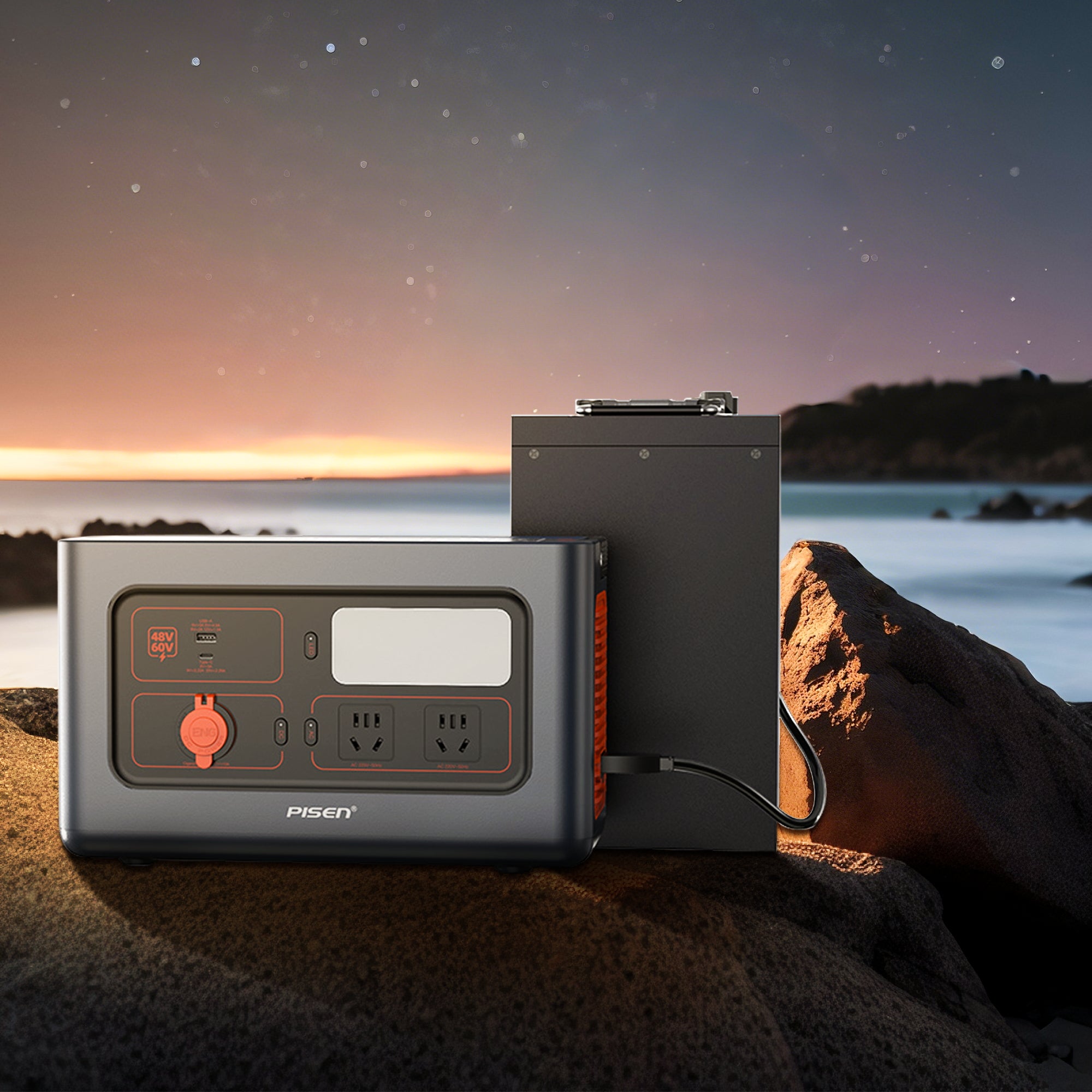


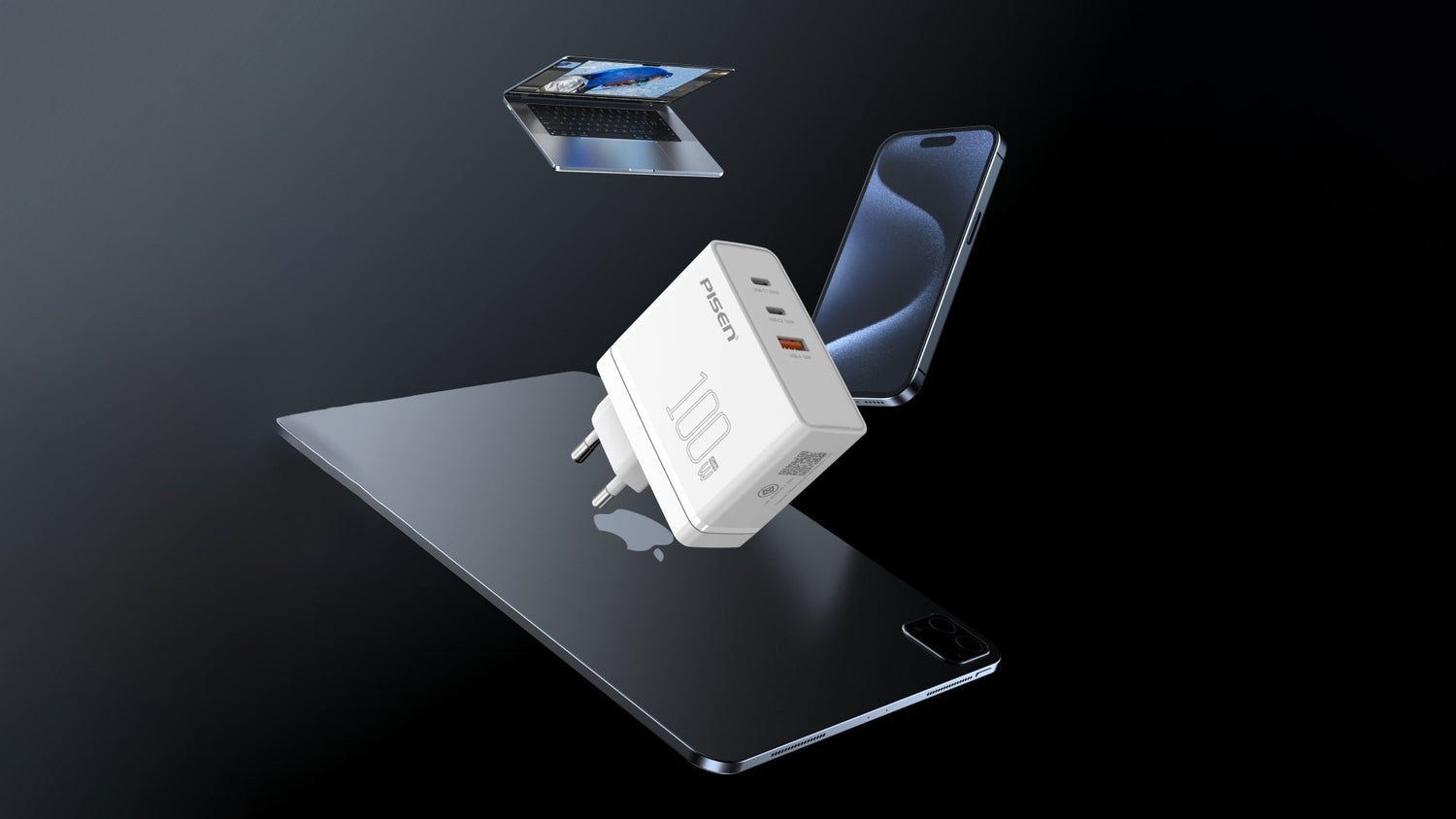
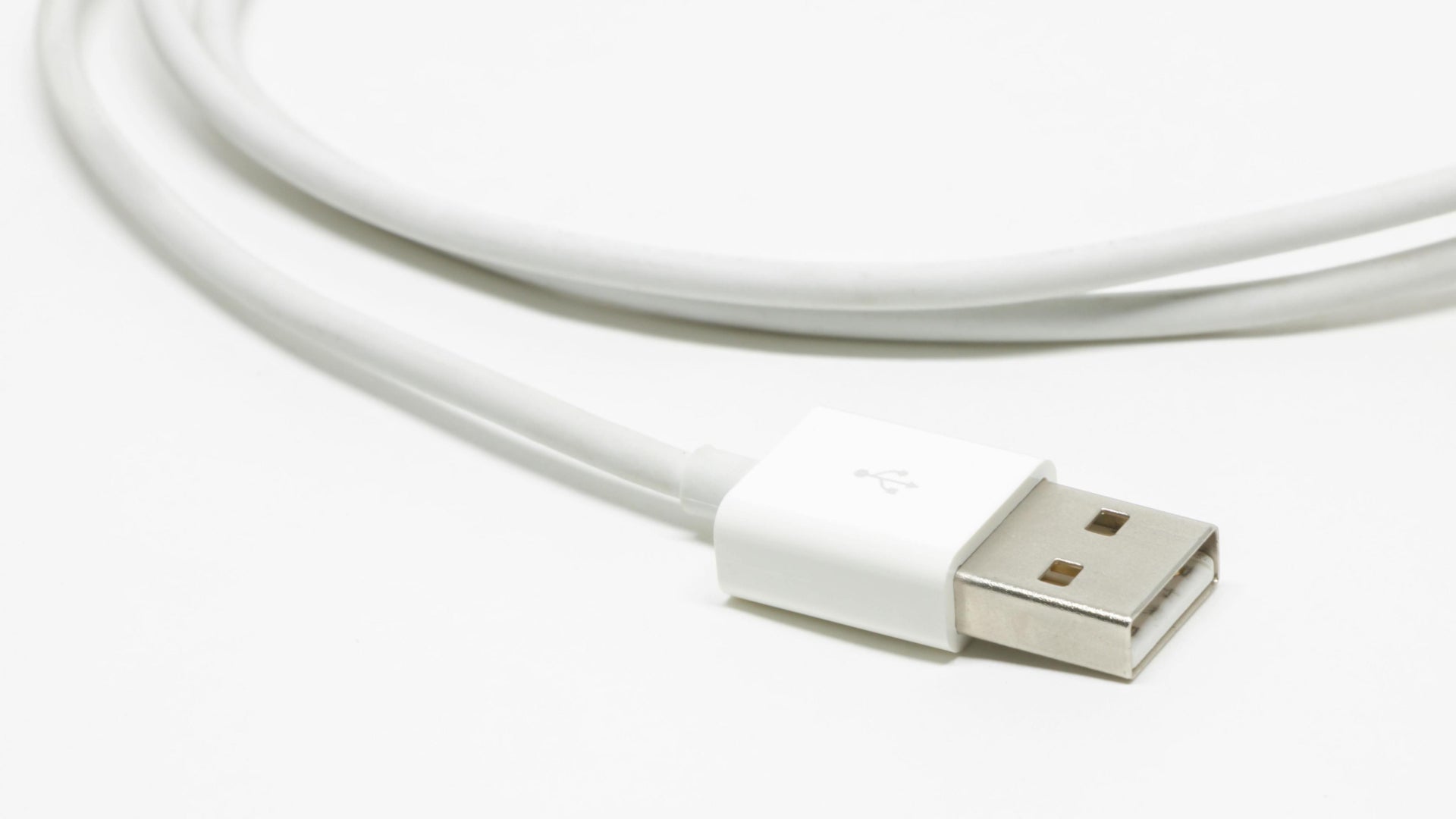
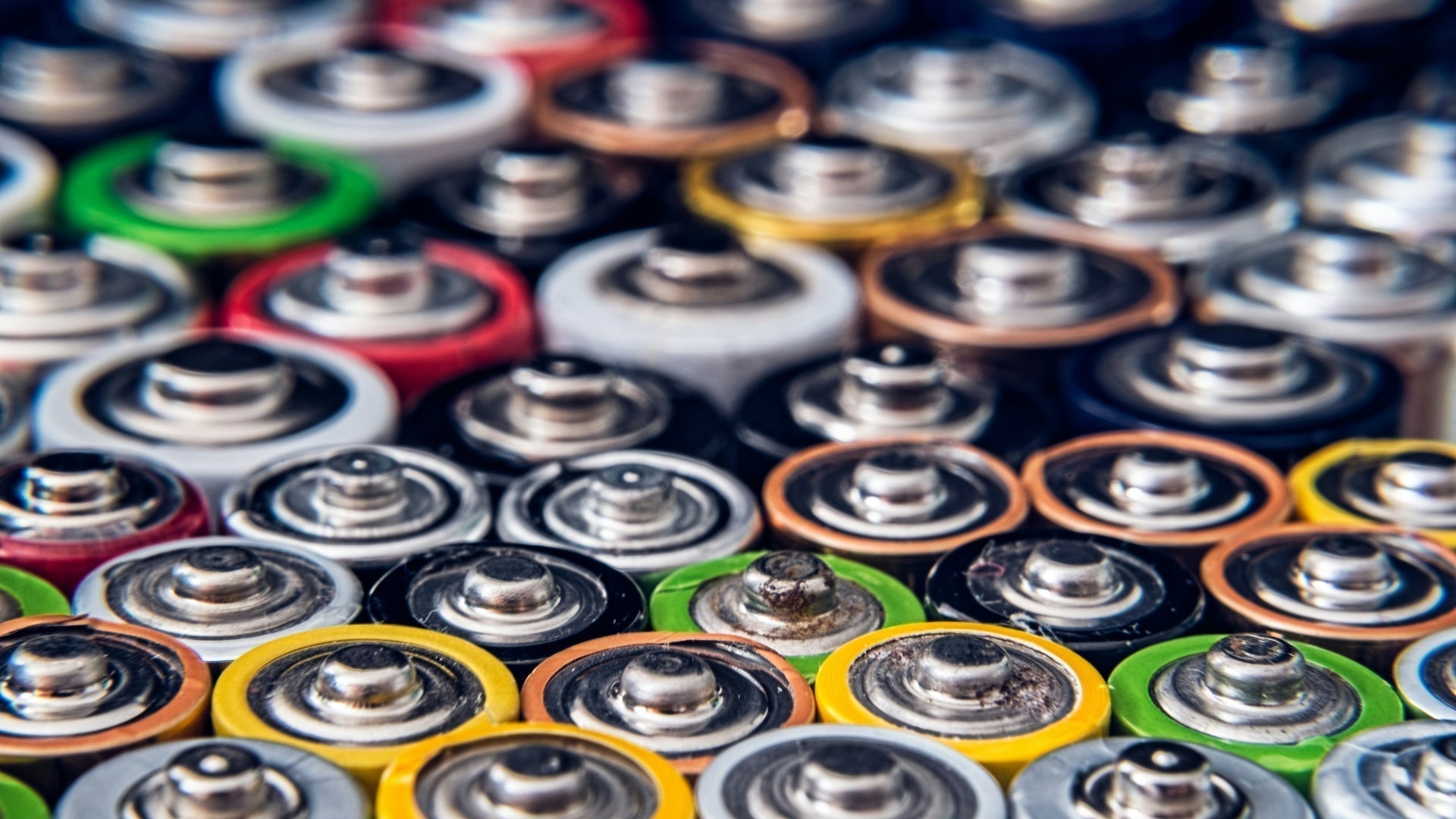
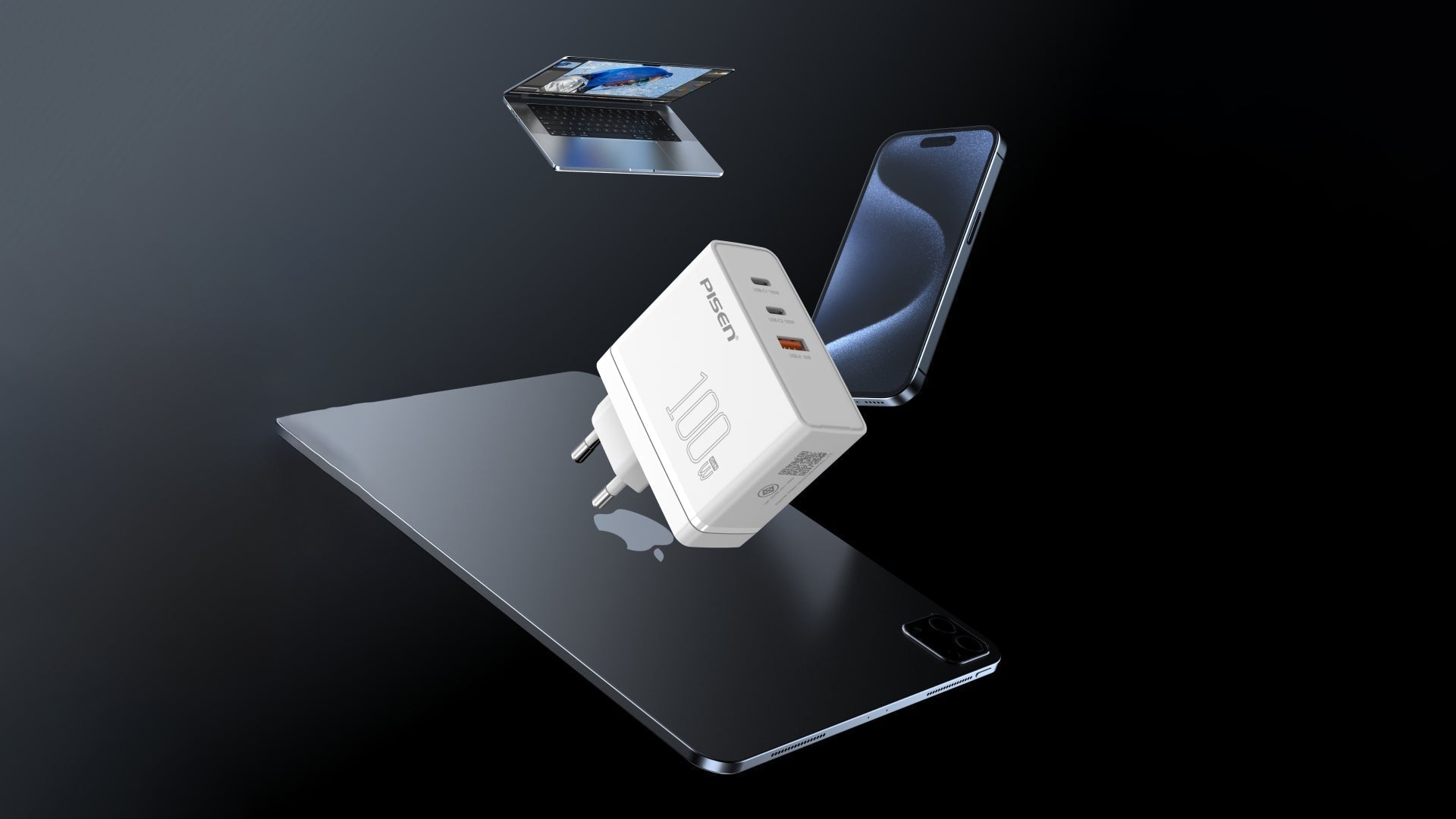
Leave a comment
All comments are moderated before being published.
This site is protected by hCaptcha and the hCaptcha Privacy Policy and Terms of Service apply.